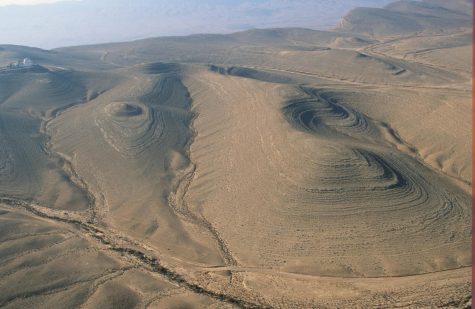10 reasons the Negev is the next place to visit in Israel
Amazing views, gorgeous wines, fascinating history and all sorts of active adventures, push the southern desert to the top of our travel wish list.
Published September 27, 2021
(Israel21c) – TIME magazine recently named Israel’s Negev Desert as one of the World’s Greatest Places for 2021. And for good reason, too, since despite its seemingly arid appearance the southern desert is one of the most fascinating places in the country.
Covid permitting, we urge you to check out the Negev’s ancient archeology, magnificent views and fabulous wines when you next visit Israel. Or at least to keep it at the very top of your travel wish list. Here’s why.
1. The views are breathtaking
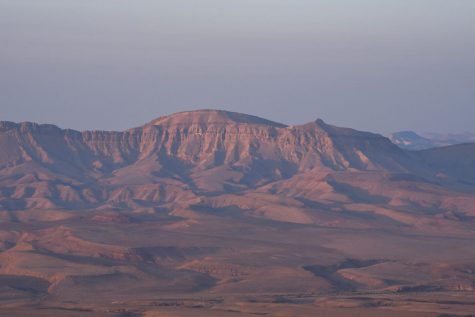
The most remarkable thing about the Negev Desert, at least in our opinion, is the stunning views that emanate from absolutely everywhere. There’s the uniquely magnificent Makhtesh Ramon, of course, but other gorgeous views include the deep gorges of Zin Valley, the colorful Red Canyon in the Eilat Mountains and the lunar landscape of Hamukei Nitzana.
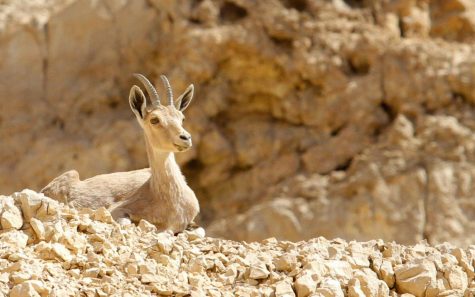
2. The hikes are fun
To explore the magnificent views that make up the desert, we recommend that you get to know it by foot. There’s a wide variety of hikes available in the area, ranging from easy-to-do and kid-friendly short walks to grueling treks that are perfect for the pros.
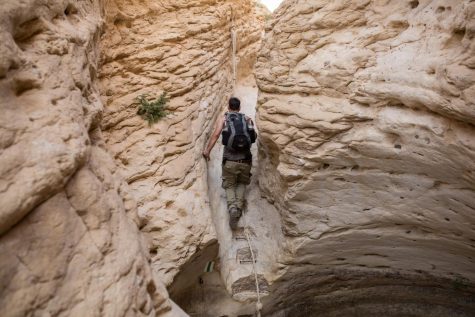
Our favorites include Timna Park with its gorgeous lake, family activities and interesting rock formations; and Mount Zefachot, which offers a beautiful view of the Red Sea and four of the countries that border it – Israel, Egypt, Jordan and Saudi Arabia.
3. So is the cycling
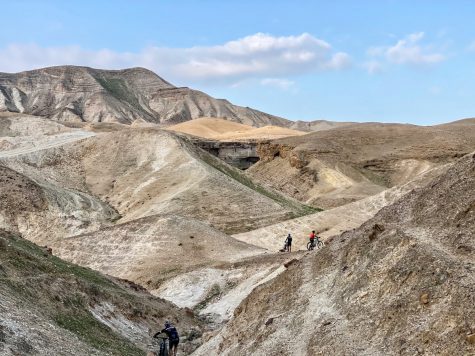
If cycling’s more your thing, rest assured that you can also traverse the desert from the (relative) comfort of your bike seat. Top routes include the circular route through the Be’eri hills in the northwestern Negev, which is not too lengthy and offers scenic points, wildflowers and picnic facilities, or the somewhat longer Halukim Loop in Sde Boker, a moderate single-track trail through the heart of the desert.
4. There are endless things to d0
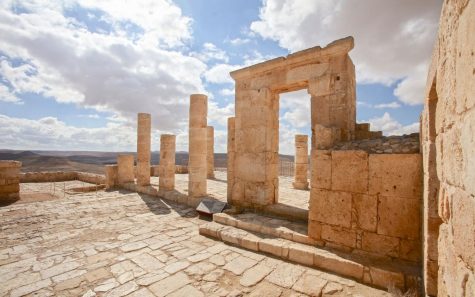
If trekking and cycling aren’t really your thing, there’s still loads to keep you entertained in the desert. History and archeology buffs, for example, would do well to check out Avdat National Park with its remains of an ancient Nabatean city, or jeep their way across the world-famous Spice (Incense) Route.
City-loving visitors can explore Beersheva’s art galleries, museums and Instagram-worthy Ottoman structures, while the brave of heart can give sandboarding a go and skid down the area’s imposing sand dunes.
5. The wine’s great
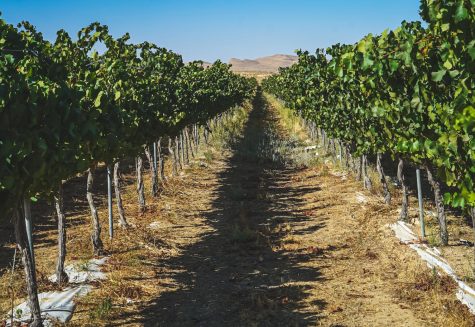
Wine is probably the last thing you’d associate with the arid desert landscape. Luckily, a few souls did, and the result is fabulous wines right in the middle of the Negev’s sandy expanses. We particularly like Nana Winery, located in Mitzpe Ramon – not only does it offer a fabulous Chenin Blanc, but also unusual, boutique accommodation a stroll away from its vineyards.
6. The food’s pretty good, too
Once upon a time, the drive down to Eilat meant reaching the city in a state of starvation, since there were no particularly interesting places to eat along the way. That, however, is no longer the case.
Great places for a quick bite include 40 Pub, with its burgers, beers and live music; Kornmehl Farm’s goat cheese delicacies (don’t miss out on the knaffeh!) and beautiful outdoor seating; and Pundak Neot Semadar’s vegetarian and organic treats that can be devoured in the shade of sudden desert greenery.
7. No tents required
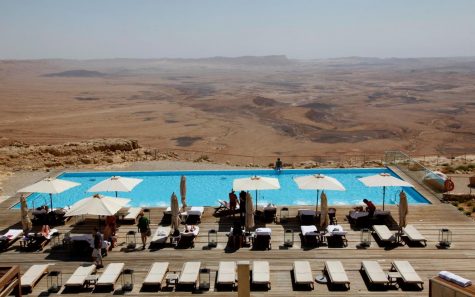
If a night spent under the stars with your loved ones and a bottle of wine sounds good to you, then head off to the Negev. And if five-star luxury is more your thing, then head down to the Negev too. Some of Israel’s best hotels are located in the desert, including the magnificent Beresheet Hotel and the newly opened and much anticipated Six Senses Shaharut. Other favorite locations include boutique resorts Midbara and Eretz Arava – just make sure to book long in advance.
8. You can meet amazing, diverse people
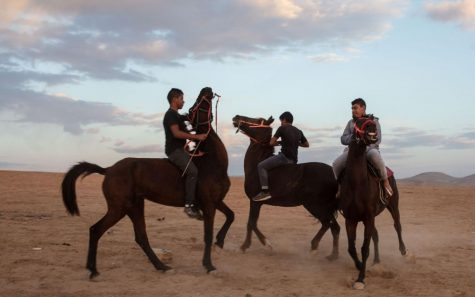
The Negev Desert is home to many different vibrant communities – think Bedouin, students, farmers, cyber experts, pioneers, or people who are all of the above. Book a tour, check out a visitors’ center or just strike up a conversation, and you’ll be rewarded with a sneak peek of people as extraordinary as their surroundings.
9. The weather’s great, and much better than in Tel Aviv
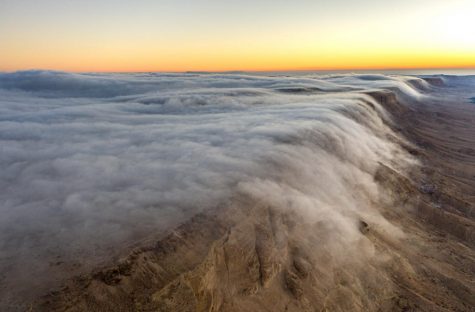
The desert might sound to you like a scorching hot place, and in all honesty, it is. But it’s also one of the few places in the country with almost zero humidity, meaning that we’d choose it any day over the damp air of Tel Aviv. Especially since the desert weather does wonders for our hair. Winter is also a great time to visit the Negev since the days aren’t likely to be too cold, although you’ll likely require a coat for the evenings.
10. It’s not that far away
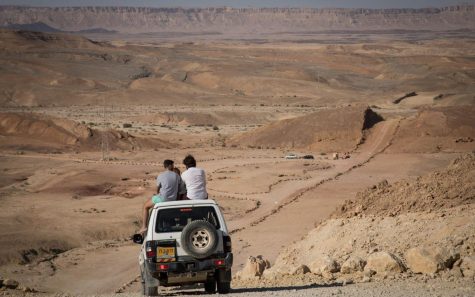
One of the cool things about Israel is that nothing is ever too far away, and that includes secluded desert oases. Spend just a couple of hours on the road, and you’ll reach seemingly far-flung spaces that are simply waiting to be explored. Just don’t expect consistent cell reception – that’s not one of the things the wilder parts of the Negev are best known for.
